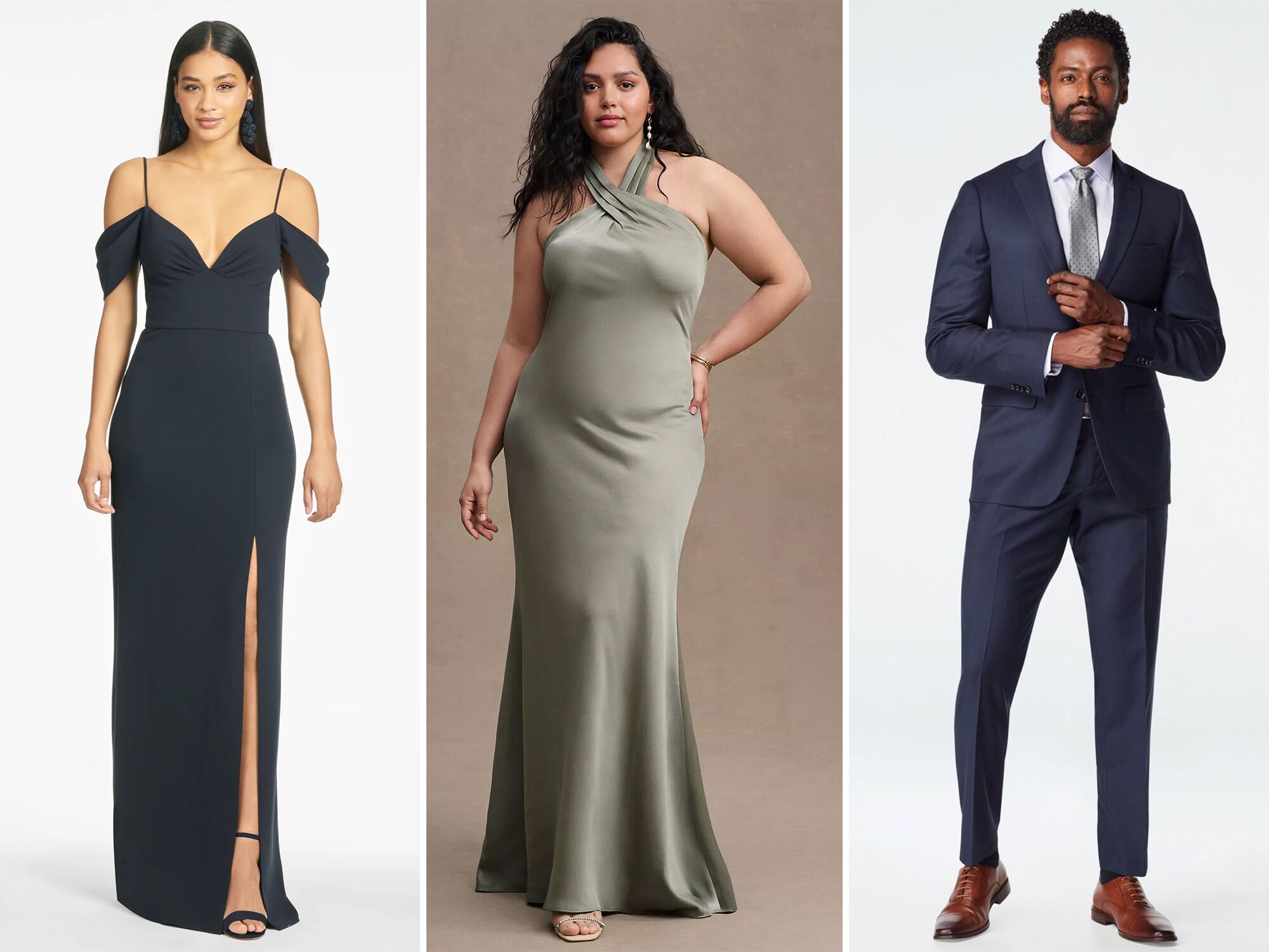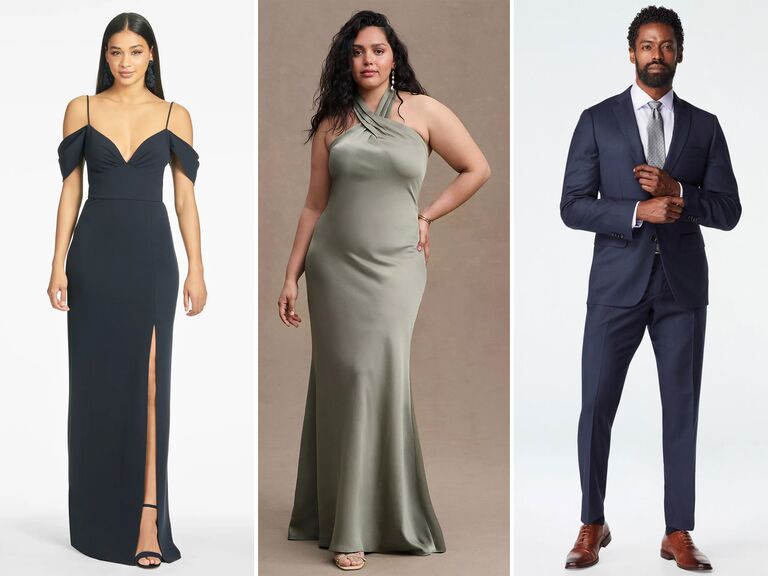Formal wear consists of elegant clothing suitable for formal events. It often includes suits, tuxedos, and evening gowns.
Formal wear is essential for occasions like weddings, galas, and corporate events. Dressing appropriately enhances your appearance and shows respect for the event. Men typically wear suits or tuxedos, often paired with ties or bow ties. Women usually opt for evening gowns or cocktail dresses, complemented by elegant accessories.
Color choices and fabric quality play significant roles in formal attire. Proper tailoring ensures a polished look. Selecting the right formal wear can boost your confidence and make a positive impression. Understanding dress codes and event requirements helps in making the best fashion choices for formal gatherings.
The Art Of Dressing Up
Dressing up is more than just putting on clothes. It is an art that communicates who you are. The right formal wear can transform your appearance and boost your confidence. Let’s dive into the nuances of dressing up and its profound impact.
First Impressions Matter
First impressions are crucial in both professional and social settings. The moment you step into a room, your attire speaks volumes. A well-tailored suit or a classy dress can set the tone for any interaction. People often judge your competence and trustworthiness based on your appearance.
Wearing formal attire shows you value the occasion and the people you are meeting. It reflects your respect and seriousness about the event. Here are some key elements to consider:
- Fit: Ensure your clothes fit perfectly. Ill-fitting garments can ruin your look.
- Color: Choose colors that suit your skin tone and the event.
- Accessories: Opt for minimal yet elegant accessories. A watch or a pair of cufflinks can make a difference.
The Psychology Behind Formal Wear
Formal wear does more than just improve your appearance. It affects your mindset and behavior. Studies show that dressing up can enhance your cognitive abilities and improve your focus. This phenomenon is known as “enclothed cognition.”
When you wear formal clothes, you tend to feel more powerful and authoritative. This boost in confidence can positively impact your interactions and decisions. Here are some psychological benefits:
- Increased Confidence: Dressing up makes you feel more self-assured.
- Better Focus: Formal attire helps you concentrate better on tasks.
- Improved Performance: People in formal wear often perform better in high-stakes situations.
Decoding Dress Codes
Understanding dress codes can be confusing. This guide helps you navigate formal wear with ease. Learn the nuances of different dress codes to always look your best.
Black Tie Explained
Black Tie events require elegance and sophistication. Men should wear a tuxedo with a black bow tie. The tuxedo jacket should be black or midnight blue. A white dress shirt and black patent leather shoes complete the look.
Women should choose a floor-length evening gown. The dress can be elegant and glamorous. Accessories should be kept sophisticated and minimal.
Navigating Business Formal
Business Formal is all about professionalism and polish. Men should wear a dark suit and tie. The suit should be well-tailored and paired with a crisp dress shirt. Black or brown leather shoes are appropriate.
Women should opt for a tailored suit or a conservative dress. Neutral colors like black, navy, and gray work best. Closed-toe pumps and minimal jewelry complete the outfit.
Cocktail Attire Demystified
Cocktail attire is semi-formal and stylish. Men should wear a dark suit with a tie. A dress shirt in a light color works well. Dress shoes should be polished and complement the suit.
Women can choose a knee-length dress or dressy separates. Think elegant but not too formal. Accessories can be a bit more playful and stylish.
| Dress Code | Men’s Attire | Women’s Attire |
|---|---|---|
| Black Tie | Tuxedo, black bow tie | Floor-length evening gown |
| Business Formal | Dark suit, tie | Tailored suit or conservative dress |
| Cocktail Attire | Dark suit, tie | Knee-length dress or dressy separates |
Suit Up: The Foundation Of Formal Wear
Formal events demand impeccable attire. A well-chosen suit lays the groundwork. It’s more than just fabric; it’s a statement. Wearing the right suit boosts confidence. Here, we delve into the essentials of suiting up.
Choosing The Right Suit
Selecting the perfect suit involves several considerations:
- Material: Wool, cotton, and linen are common choices. Wool suits are versatile and durable.
- Style: Single-breasted suits are classic. Double-breasted suits offer a more formal look.
- Occasion: Business meetings call for conservative suits. Weddings allow for a touch of flair.
Consider your body type when picking a suit. Slim fits work well for slender builds. Regular fits offer comfort for broader frames.
The Importance Of Fit
A well-fitted suit enhances your appearance. It flatters your physique and exudes confidence. Here are key areas to check:
| Area | Fit Criteria |
|---|---|
| Shoulders | Sit squarely without overhang |
| Sleeves | End at the wrist bone |
| Trousers | Break slightly at the shoes |
Tailoring may be necessary. Even off-the-rack suits can fit perfectly with minor adjustments.
Color Coordination
Choosing the right color is crucial. Different colors suit different occasions:
- Black: Ideal for evening events and formal gatherings.
- Navy: Suitable for both business and casual settings.
- Gray: Versatile and timeless, fitting various occasions.
Pair your suit with the right shirt and tie. White shirts are versatile. Light blue offers a subtle contrast. For ties, opt for complementary or contrasting colors.
Ensure your shoes and belt match. Black suits pair best with black shoes. Brown suits can be paired with brown or tan shoes.

Credit: www.theknot.com
Dress Shirts And Blouses: The Canvas
Dress shirts and blouses act as a blank canvas for your formal wear. Their design and quality can elevate your entire outfit. This section explores key elements for choosing the perfect dress shirt or blouse. From fabric choices to color and pattern selection, we’ll cover all the essential details.
Fabric Choices
Choosing the right fabric can make or break your formal look. The fabric determines comfort, breathability, and appearance.
- Cotton: This is the most popular choice. It is breathable and comfortable.
- Linen: Perfect for summer. It keeps you cool but wrinkles easily.
- Silk: Ideal for a luxurious look. Silk is smooth and shiny but requires special care.
- Synthetic Blends: These blends offer durability and wrinkle resistance.
Color And Pattern Selection
The color and pattern of your dress shirt or blouse are crucial. They can affect how formal or relaxed your outfit appears.
| Color | Formality Level |
|---|---|
| White | Very Formal |
| Light Blue | Formal |
| Pastels | Semi-Formal |
| Bold Colors | Casual |
For patterns, consider the following:
- Solid Colors: Best for strict formal settings.
- Stripes: Great for adding a bit of flair while staying formal.
- Checks: Suitable for semi-formal occasions.
- Floral or Abstract Patterns: Perfect for casual or creative settings.
Mixing and matching these elements allows you to create a versatile wardrobe. Be mindful of the occasion and dress appropriately.
Accessorizing Your Formal Wear
Accessorizing your formal wear can elevate your look. The right accessories add personality and style. They can also show attention to detail and sophistication. Here are some essential accessories to consider.
Ties And Bow Ties
Ties and bow ties can transform your outfit. Ties are classic and versatile. Bow ties are quirky and elegant. Choose a tie that complements your suit and shirt.
A silk tie adds a touch of luxury. A patterned tie can add interest. Bow ties are perfect for formal events. Ensure the bow tie matches your shirt and suit. Both ties and bow ties should be well-maintained and properly tied.
Cufflinks And Watches
Cufflinks and watches are small but impactful. Cufflinks add a dash of elegance. They come in various designs and materials. Choose cufflinks that match your overall look.
A classic watch can complete your outfit. Opt for a watch with a leather or metal strap. Ensure the watch is functional and stylish. Both cufflinks and watches should be polished and in good condition.
Belts And Shoes
Belts and shoes are essential for a polished look. A good belt should match your shoes. Choose leather belts for formal occasions. Ensure the belt buckle is simple and elegant.
Shoes should be clean and well-polished. Black shoes are versatile and classic. Brown shoes can add a touch of warmth. Choose shoes that are comfortable and stylish. Both belts and shoes should be in excellent condition.
Dress For The Season
Choosing the right formal wear for each season can be challenging. The weather changes, and so should your wardrobe. Dressing appropriately for the season ensures comfort and style. Here are some tips to help you dress for any season.
Summer Elegance
In summer, staying cool is key. Light fabrics like linen and cotton are ideal. These materials are breathable and keep you comfortable.
Colors:
- Light colors reflect heat and keep you cool.
- Pastels and whites are perfect for summer events.
Suits:
| Type | Description |
|---|---|
| Linen Suit | Lightweight and breathable, suitable for hot weather. |
| Cotton Suit | Comfortable and cool, perfect for summer formal events. |
Accessories:
- Lightweight ties and bowties.
- Minimalist jewelry to avoid overheating.
Winter Formalities
Winter calls for warmth and elegance. Heavier fabrics like wool and velvet are perfect. These materials provide warmth and style.
Colors:
- Dark colors absorb heat and keep you warm.
- Rich tones like burgundy and navy add elegance.
Suits:
| Type | Description |
|---|---|
| Wool Suit | Heavyweight and warm, ideal for cold weather. |
| Velvet Suit | Luxurious and warm, perfect for winter formal events. |
Accessories:
- Scarves and gloves to stay warm.
- Heavier ties and cufflinks for a polished look.
Grooming And Etiquette
Grooming and etiquette are crucial for formal wear. They ensure you look and feel your best. Attention to detail in grooming can enhance your overall appearance. Proper etiquette adds a touch of elegance.
Hair And Makeup Tips
Hair should be neatly styled. For men, a clean haircut is essential. Women can opt for elegant updos or sleek styles. Avoid overly elaborate hairstyles.
Makeup should be subtle and polished. Use foundation for a flawless base. Highlight your eyes with neutral shades. A touch of mascara and eyeliner can define your look. Finish with a natural lip color. Avoid bright or bold shades.
Perfume And Cologne: The Final Touch
Choose a subtle fragrance. Overpowering scents can be off-putting. Apply sparingly to pulse points. This includes wrists and neck.
Avoid reapplying throughout the event. The scent should linger softly. Consider the environment and occasion. A light, fresh scent is ideal for formal events.

Credit: www.theknot.com
Beyond The Basics
Formal wear does not have to be boring. Go beyond the basics to stand out. Learn how to add personal touches and when to break the rules.
Incorporating Personal Style
Add a unique touch to your formal attire. Personal style makes a big difference.
- Choose bold colors that match your personality.
- Opt for unique patterns like checks or pinstripes.
- Accessorize with statement pieces like a fancy tie or cufflinks.
| Item | How to Personalize |
|---|---|
| Suit | Pick an unusual color like burgundy or navy. |
| Shirt | Try patterns like stripes or subtle prints. |
| Shoes | Choose two-tone or textured leather. |
When To Break The Rules
Breaking the rules can make you stand out. Know when it’s right to do so.
- Black-tie events: Wear a dark suit instead of a tuxedo.
- Office meetings: Skip the tie and wear a pocket square.
- Weddings: Go for a lighter suit, like grey or tan.
Confidence is key. Wear what makes you feel good, even if it’s unconventional.
:max_bytes(150000):strip_icc()/what-to-wear-Formal-events-fd6eff677fe84b05b11e99eb8c2cc14f.jpg)
Credit: www.realsimple.com
Frequently Asked Questions
What Is Formal Wear Considered?
Formal wear includes suits, tuxedos, evening gowns, and cocktail dresses. It’s appropriate for weddings, galas, and formal events.
What Does Dress Code Formal?
Formal dress code requires business suits, dress shirts, ties, dress shoes, and elegant dresses or skirts for women.
How Do You Dress For A Formal?
Dress in a suit or tuxedo for men. Women should wear an elegant dress or gown. Choose classic colors. Accessorize minimally and wear formal shoes. Ensure your outfit is clean and well-fitted.
What Is Formal Attire Look Like?
Formal attire includes a suit, dress shirt, tie, and polished shoes for men. Women wear elegant dresses, skirts, or pantsuits.
Conclusion
Dressing in formal wear boosts confidence and leaves a lasting impression. Choose quality fabrics and tailored fits for a polished look. Remember, accessories can elevate your outfit. Invest in timeless pieces to ensure you’re always prepared for any formal occasion.
Stay stylish and make a statement with your formal attire.









Leave a Reply